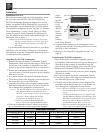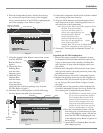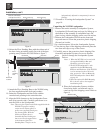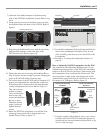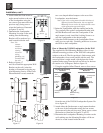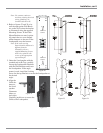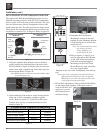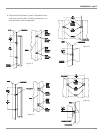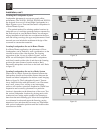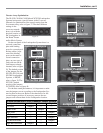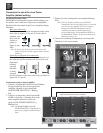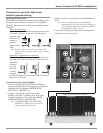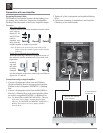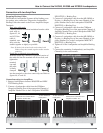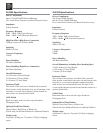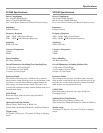
18
Installation, con’t
Locating the Loudspeaker System
Loudspeaker placement in a room can greatly affect
performance. The XLS320, XLS340, XLS360 and XCS350
are designed for use as a Left and Right Loudspeaker in a
Music System, or as a Front and Surround Loudspeakers in
a Home Theater System.
The optimal method for selecting speaker locations in-
cludes the use of a real time spectrum analyzer operated by
the Professionals at your McIntosh Dealer. An uncompro-
mising installation would take into consideration the floor,
wall and ceiling coverings, the type and placement of furni-
ture and can even include the architectural design of the
room and its construction materials.
Locating Loudspeakers for use in Home Theater
In a Home Theater application, the placement of Front
Loudspeakers can be limited by such considerations as the
size and location of the video monitor. The locating
suggestions in the “for use in a Music System” section
below can still be helpful. Side Surround Loudspeakers
work best located to either side of and above the listening
position, the same distance from the monitor. Back
Surround Loudspeakers work best on the back wall. Refer
to figure 35.
Locating Loudspeakers for use in a Music System
When used in a Music System, the distance between the
loudspeakers should not exceed the distance between the
listener and either loudspeaker for the best sound imaging.
Refer to figure 36. The Loudspeaker System’s Tweeter
Array should be inline with the listeners’ ears. Placement
near a wall, corner, floor, ceiling or any intersecting
surfaces will reinforce some bass frequencies. Which bass
frequencies are boosted by placement in a particular
location is dependent on the dimensions of the room. Test
the various loudspeaker locations by playing music with
continuous bass, setting up the speakers and listening to
them from the main listening spot. Move the loudspeakers
to an alternate location and repeat the listening, paying
attention to how articulate the bass notes are. Experiment
with various loudspeaker positions until the locations that
sound best are found.
Figure 35
Figure 36



